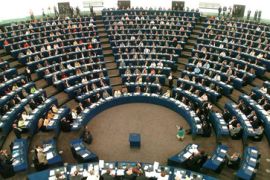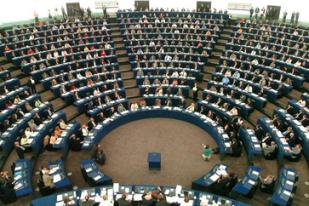Fact file: European parliament
A profile of Europe’s directly elected legislative body.

 |
| The parliament consists of 785 elected members drawn from the EU’s 27 member states |
The European parliament is a directly elected body that consists of 785 members of European parliament (MEPs). European citizens vote for candidates to the European parliament every five years.
Some of the areas where the parliament is active include: consumer rights, equal opportunities, improving access to knowledge, customs co-operation, transport, environmental protection, immigration and the free movement of workers, capital, services and goods.
The parliament legislates for the European Union (EU) along with the council of ministers. It holds plenary sessions in Strasbourg, and has a secretariat in Brussels. Most MEPs, taken from the 27 EU member countries, work in Brussels.
MEPs discuss draft legislations in consultation with the European Commission, the body that proposes legislation, and the council of ministers, the institution which represents the EU member states.
More power
The powers of the parliament have increased in relation to the council of ministers. For most legislation to become law, it now needs the approval of both parliament and the council of ministers.
The European parliament also has responsibility for about half of the EU’s annual budget.
The president of the European parliament oversees all the activities of the parliament and its constituent bodies, and chairs meeting of the bureau, the body which is responsible for the budgetary and administrative issues pertaining to the parliament.
The role of the president is similar to that of a speaker in a national assembly. As such, the president actively represents the parliament on the international political stage.